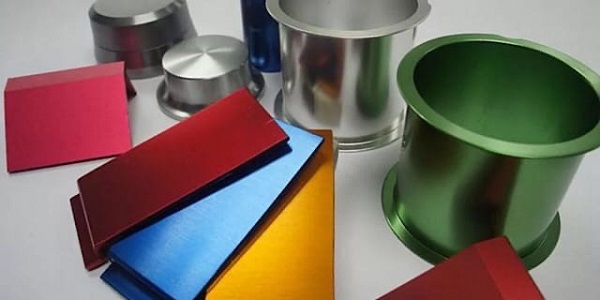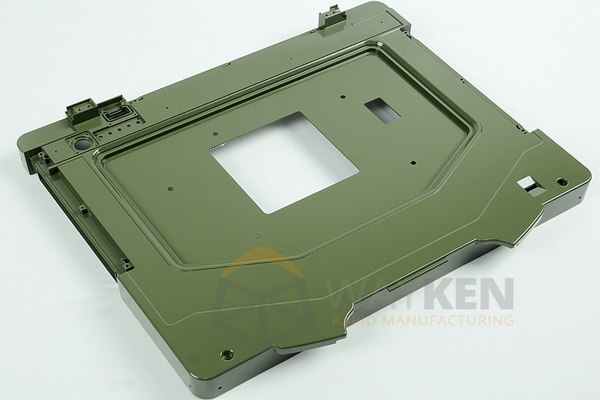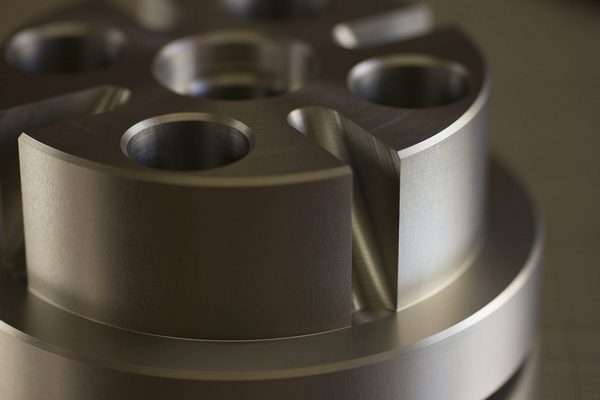Case hardening is a process of surface hardening that is often used to improve the wear resistance and durability of metals. The process involves infusing carbon into the surface of the metal, which creates a harder outer layer. This can be done through several methods, such as carburizing or nitriding. Case hardening is often used on metals that are not naturally hard, such as low carbon steels. It can also be used to repair damaged surfaces.
There are many benefits to case hardening, including improved wear resistance, increased durability, and increased strength. In addition, case hardened surfaces are often more resistant to corrosion and abrasion. This makes them ideal for use in many industries, such as the automotive and aerospace industries.

Advantages of Case Hardening
If you are in the market for a new tool or machine, you may have heard of case hardening. This is a process that can be used to improve the hardness and wear resistance of a metal. The process involves infusing carbon into the surface of the metal, which creates a harder outer layer. This can be beneficial for a number of reasons, including improving the performance of tools and machines. In addition, case hardening can also help to extend the lifespan of metals by protecting them from wear and tear.
There are many advantages to case hardening, which is why it is such a popular choice for those in need of durable tools and machinery. If you are considering case hardening for your next project, be sure to keep the following benefits in mind:
- Improved hardness and wear resistance – One of the most noticeable advantages of case hardening is the improved hardness and wear resistance that it can provide. This is due to the fact that the carbon infused into the surface of the metal creates a harder outer layer. This can be beneficial for a number of applications, as it will help to extend the lifespan of your tools and machines.
- Enhanced performance – In addition to improved durability, case hardening can also lead to enhanced performance. This is because the process can help to improve the cutting edge of tools and increase the strength of machinery. As a result, you may find that your tools and machines are able to work more efficiently and effectively.
- Cost-effective – Case hardening can also be a cost-effective option, as it can help to extend the lifespan of your tools and machines. This means that you will not have to replace them as often, which can save you money in the long run.
- Versatile – Another advantage of case hardening is its versatility. The process can be used on a variety of different metals, including steel, cast iron, and aluminum. As such, it can be used for a wide range of applications.
- Environmentally friendly – Finally, case hardening is also an environmentally friendly option, as it does not require the use of harsh chemicals or pollutants. This makes it a safe choice for those who are concerned about the impact of their projects on the environment.
If you are looking for a durable and cost-effective solution for your next project, case hardening may be the perfect choice for you. Keep the benefits listed above in mind to ensure that you make the best decision for your needs.

The Use of Case Hardening to Improve Wear Resistance in Metal Components
Case hardening is a process that is used to improve the wear resistance of metal components. The process involves heating the metal to a high temperature and then cooling it rapidly. This quick cooling creates a hard outer layer on the metal that is resistant to wear. Case hardening can be used on a variety of metals, but it is most commonly used on steel. In order to case harden steel, the steel must first be heated to a high temperature, typically between 1,500 and 2,000 degrees Fahrenheit. The steel is then quenched, or cooled rapidly, in water or oil. This quick cooling creates a hard outer layer on the steel that is resistant to wear.
Case hardening can also be used on other metals, such as aluminum, copper, and brass. However, case hardening is most commonly used on steel. There are a number of benefits that can be gained by using case hardening to improve the wear resistance of metal components. First, case hardening can significantly increase the lifespan of the metal component. Second, case hardening can improve the resistance of the metal component to wear and tear. Third, case hardening can improve the resistance of the metal component to corrosion. Fourth, case hardening can improve the strength of the metal component. Finally, case hardening can improve the appearance of the metal component.
If you are looking for ways to improve the wear resistance of your metal components, consider using case hardening. This process involves applying a hard coating to the surface of the metal, which can help to protect it from wear and tear. There are a few different methods of case hardening, so be sure to research which one will best suit your needs. With the right method, you can greatly improve the lifespan of your metal components.

How is Case Hardening Done?
Case hardening is a process of surface hardening that is often used to improve the wear resistance or durability of metal components. The process involves infusing carbon into the surface of the metal, typically using one of two methods: carburizing or cyanide bath. Carburizing entails heating the metal in a carbon-rich atmosphere (such as gas or liquid), while cyanide bath uses a solution of sodium cyanide to infuse carbon into the surface layers. Once the desired level of hardness is achieved, the component is then quenched in water or oil to lock in the new microstructure.
There are a number of benefits to case hardening, including improved wear resistance, corrosion resistance, and fatigue strength. However, the process does have some drawbacks, such as the potential for distortion and cracking if not done correctly. Nevertheless, case hardening remains a popular choice for many metal components, particularly those that will be subject to high levels of wear and tear.
Case hardening is the process of hardening the surface of a metal object by infusing it with carbon. This makes the object more resistant to wear and tear, and extends its lifespan. The process can be achieved through a number of methods, including carburizing, cyaniding, and nitriding. Carburizing is the most common method of case hardening, due to its simplicity and effectiveness. The process begins by heating the metal in a carbon-rich atmosphere, which can be either gas-based or liquid-based. The most common gases used for carburizing are methane, propane, and natural gas, while the most common liquids are salt baths and oil baths. The metal is typically heated to a temperature between 900°F and 950°F (482°C and 510°C), and then left to soak in the carbon-rich atmosphere for a period of time. The length of time will depend on the desired results; shorter times will result in shallower case depths, while longer times will result in deeper case depths.Once the carburizing process is complete, the metal is quenched in water or oil to cool it rapidly and lock in the new microstructure. This step is crucial, as it prevents the metal from reverting back to its original state.
Quenching also has the effect of hardening the surface of the metal, making it more resistant to wear and tear.The cyanide bath method of case hardening is similar to carburizing, but uses a solution of sodium cyanide instead of a carbon-rich atmosphere.
Conclusion
Overall, case hardening is a process that can be used to extend the lifespan of a metal object by making it more resistant to wear and tear. There are several different methods that can be used to achieve this, each with its own advantages and disadvantages. The best approach for a given project depends on factors such as the desired results, the type of metal being treated, and the budget.

















![TamilMV Proxy List Top 30+ [Unblock TamilMV Sites] TamilMV Proxy Unblock](https://technewsgather.com/wp-content/uploads/2023/04/17825836_SL-121019-25870-14-1-100x70.jpg)